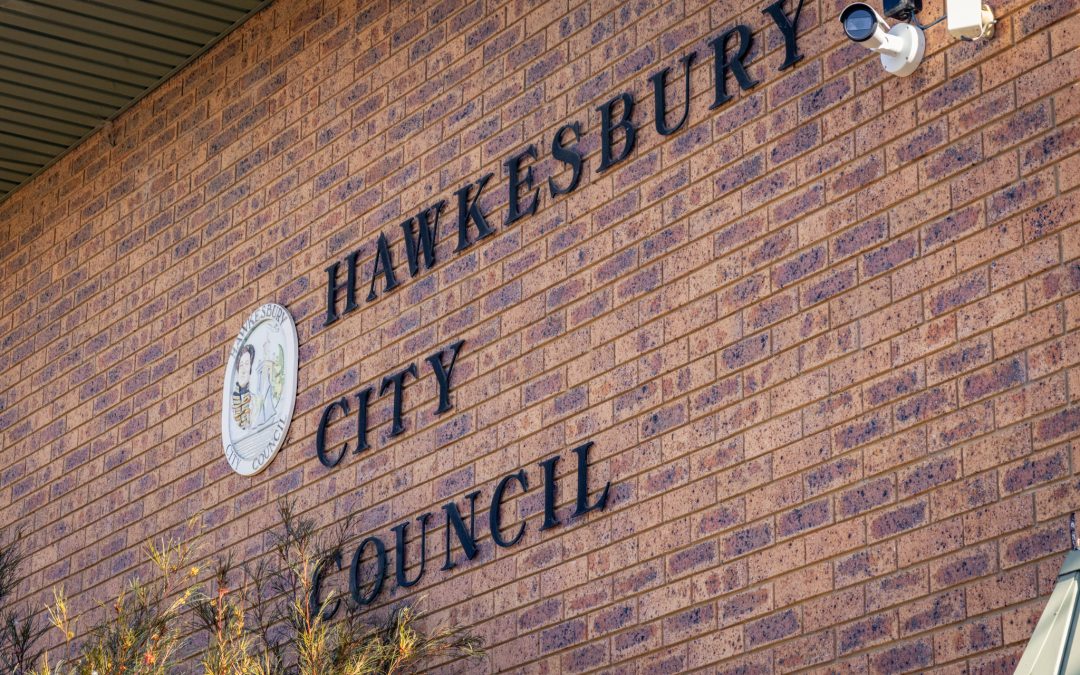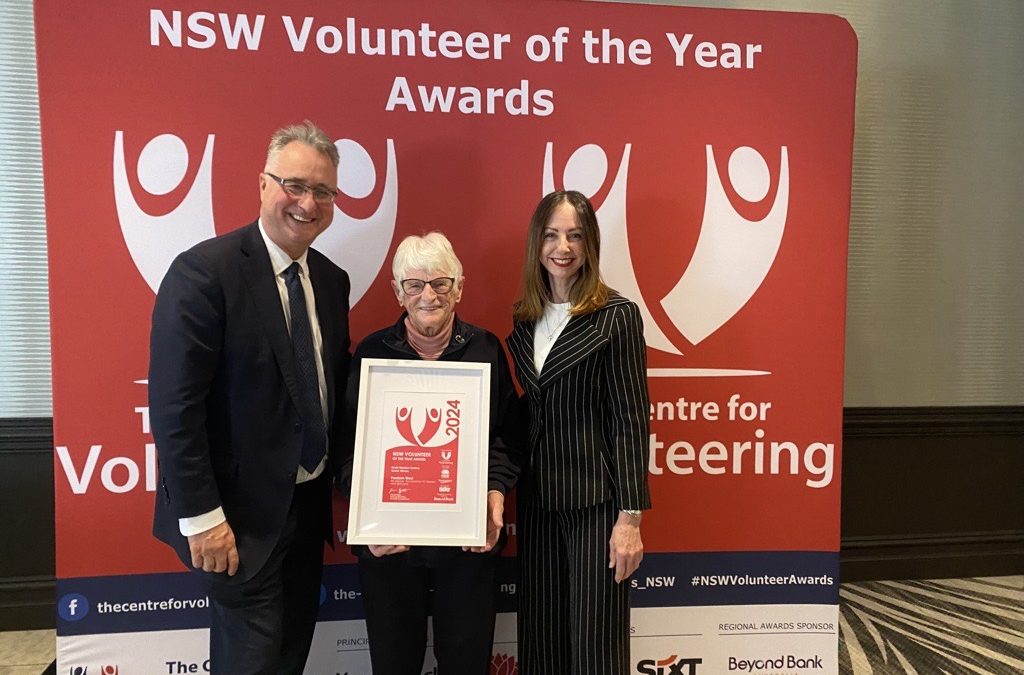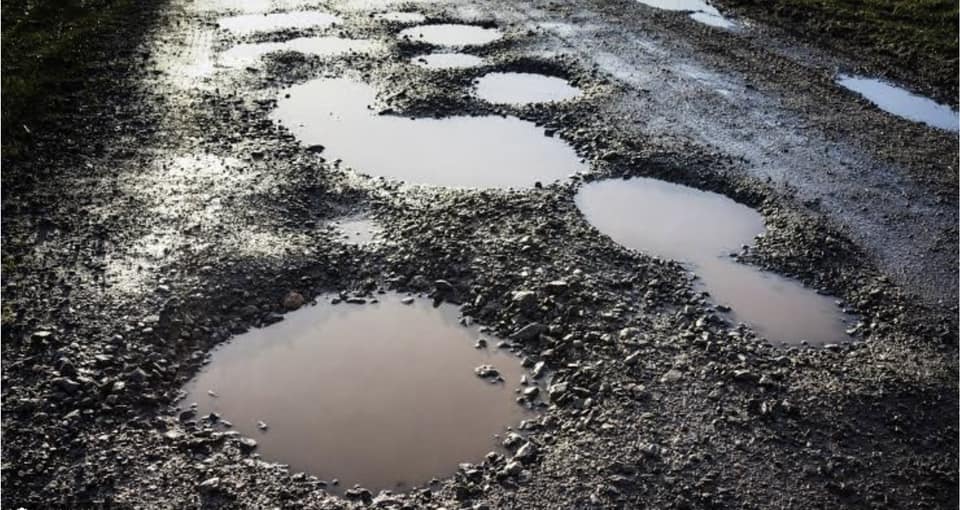Hawkesbury Post contacted all...


Hawkesbury Post contacted all...

In a heartwarming recognition of community...

After more than two decades of dedicated service, the...
There was much self congratulation in the Hawkesbury City Council chamber on February 13 when a motion was passed to seal Packer Road at Lower Portland
Councillors voted unanimously (only Cr Patrick Conolly was missing from the meeting) with some previously opposed to the project first scoped in 2017, changing their minds, with road safety becoming an increasing priority with several fatal crashes in the Hawkesbury recently.
Yet with this one important project now very publicly signed off, there is rising community anger about the state of roads in the local government area – and the Packer Road experience can help us understand why. When the project was first scoped and costed, the price was $2.5 million, now some years later that is roughly double, people familiar with the project say. That’s $2.5 million that can’t be spent on other equally deserving projects.
The paving of roads has now been put on hold, people familiar with council priorities said, and other roads projects have taken priority.
Together with rising costs wrought by inflation, there is the even bigger problem with funding. Put simply, council funding in New South Wales is going backwards as costs rise and populations increase.
The growing imbalance between the cost of roads and funding for Council – as well as extra bits and pieces from the state and federal governments makes it likely residents can expect a bigger than expected rate rise in coming years. This is not something that candidates in the September Council elections will want to talk about.
In addition to the often haphazard, slap-dash road repairs that have been well documented on social media, and it’s understandable the community in the Hawkesbury is seething with anger about the state of their roads.
Still, it’s not a localised situation.
“There is a problem with funding and often the state of roads in most council areas in the state,” Independent Cr. Nathan Zamprogno told the Hawkesbury Post. “Councils take in only 3.5% of all taxation revenue in Australia, and yet local governments are responsible for 24% of all the service provision and asset maintenance done in the nation, as well as plan how our communities can grow and thrive.
“In 1996, local governments received grant funding equivalent to 1% of all federal taxation revenue, yet in the 28 years since, it’s slipped to less than half that.”
The NSW Government is currently starting a review into the NSW Council Financial model
which will look at the financial sustainability of Councils. This is done every few years.
“The plight of ‘peri-urban’ Councils like ours that sit at the fringes of major cities is even worse. We cop all the urban growth and congestion, plus lack of transport and long commutes, and yet frequently fall between two stools when it comes to funding because we’re not-quite-urban and not-quite-rural,” Zamprogno told Federal Local Government Minister Kirsty McBain on a recent visit to the region.
Cr Mary Lyons-Buckett agrees that councils across the state have backlogs in repairing and maintaining infrastructure, particularly roads.
“This has been the case for years. The cycle of repair is continuous and it’s easy to understand how frustrating it is for ratepayers to experience potholes and disrepair on our roads,” Cr Lyons-Buckett said.
She added that roads can be vulnerable to extreme temperatures, heavy rain events and flooding, noting that these are questions “I believe we should be asking about how we are addressing this for the future. How is it going to be sustainable for governments of all levels to keep paying for the increase in climate-related pressures on our financial sustainability.
“I don’t believe enough has been done in the sector around this. Roads can melt at temperatures in the late 40s and 50 degrees. We know it was 50 degrees last week in Western Australia. We also know the frequency of intense rainfall will continue to increase,having already intensified by 40% in the last two decades. These conditions can impact many aspects of our daily lives, but particularly roads. Being stuck in that ongoing cycle without proactively trying to break it is costing us more and more all the time,” she said.

The one thing that the council can fix is the way roads are repaired. Everyone in the LGA has their own story about seeing a road repairer shovel some asphalt into a pothole and stamp their foot on it in a half-hearted way. And in the next heavy rain, the hole reopens. There are multiple stories of projects that have waited many years and still remain in a state of disrepair
HCC General Manager Elizabeth Richardson, freshly armed with a new three year salary contract worth $1 million, refused to answer any questions about who actually repairs the roads. She won’t say how much is done in house, how much is outsourced, and who are the contractors. The Council’s chief executive won’t tell us what the guidelines for repairing roads (even for potholes) actually are. And she won’t say how HCC prioritises repairs – just how do you get your road on the list – or move it up?
Indeed, HCC Infrastructure Manager Will Barton, who initially presided over the disastrous riverbank and botched repair at Cornwallis Road is understood to have told councillors that patchwork jobs are part of the programs he tries to spin out the $65 million allocated for roads in this financial year’s council plan.
Overall, according to the HCC website there are 600 sections of road that need repairing and this will cost $170 million. That’s HCC’s entire annual budget. Certainly, there is ad hoc funding from state and federal governments, but it is unreliable.
Surely roads constructed to be stronger and more resilient will save huge amounts of funding
down the track in repairs,Cr Lyons Buckett said. “Continuing on doing the same thing over and over seems futile in addressing an issue which is one of the major concerns for ratepayers, and one of the major challenges for Councils.”
